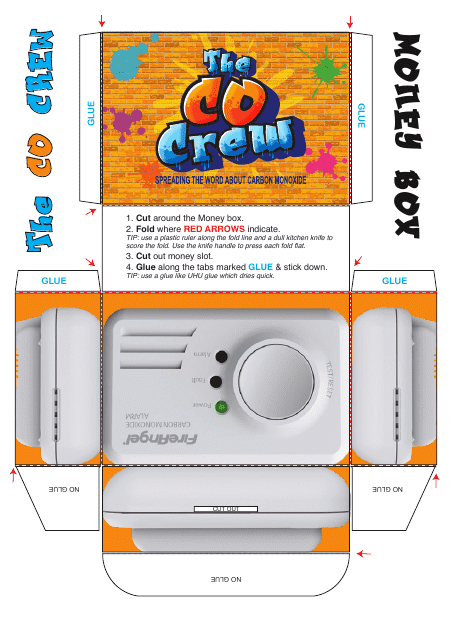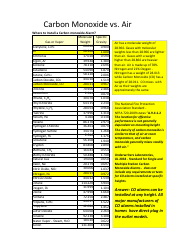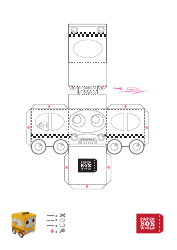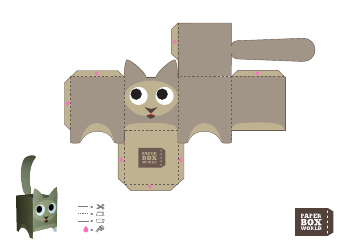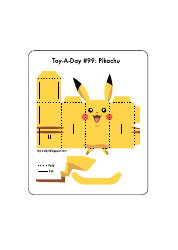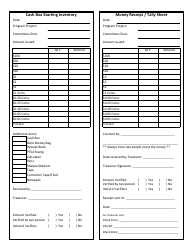Carbon Monoxide Awareness Money Box Template
The Carbon Monoxide Awareness Money Box Template is likely a document used for raising funds and awareness about the dangers of carbon monoxide exposure. This template may include information about carbon monoxide, its harmful effects, and ways to prevent exposure. The money collected in the box would be used to further educate the public or support victims of carbon monoxide poisoning. Please be aware that specific use might vary based on the organization that uses this template.
The Carbon Monoxide Awareness Money Box Template doesn't specifically pertain to a particular country or government body. It appears to be a tool for raising awareness about carbon monoxide safety, possibly used by non-profit organizations, schools, or health and safety agencies. However, without additional context, it's difficult to provide a specific answer. In most cases, any documentation related to carbon monoxide awareness would be handled by environmental or public health departments within a given country.
FAQ
Q: What is a Carbon Monoxide Awareness Money Box?
A: A Carbon Monoxide Awareness Money Box is an informational device used for raising awareness about the dangers of carbon monoxide poisoning. It's shaped like a piggy-bank, and provides users with valuable information about this dangerous gas while also serving as a place for them to save their spare change.
Q: How can a Carbon Monochrome Awareness Money Box be useful?
A: It is useful in educating individuals about the risks and precautions associated with carbon monoxide. It also promotes the importance of installing carbon monoxide detectors at homes and offices.
Q: What is carbon monoxide and why should we be aware of it?
A: Carbon monoxide is a colorless, odorless gas that can be lethal if inhaled in large quantities. It is produced by burning fuel in cars, trucks, grills, fireplaces, gas ranges, etc. We should be aware of it because it can accumulate indoors and can kill people and animals who breathe it.
Q: What are the symptoms of carbon monoxide poisoning?
A: Early symptoms of carbon monoxide poisoning can include headaches, dizziness, fatigue, shortness of breath, and nausea. If the exposure continues, it may lead to confusion, vomiting, loss of muscular coordination, loss of consciousness, and ultimately death.
Q: How can one prevent carbon monoxide poisoning?
A: Taking proper precautions, like installing a carbon monoxide detector in homes, ensuring good ventilation, having annual inspections on gas appliances, and never using devices like charcoal grills indoors can help prevent carbon monoxide poisoning.
